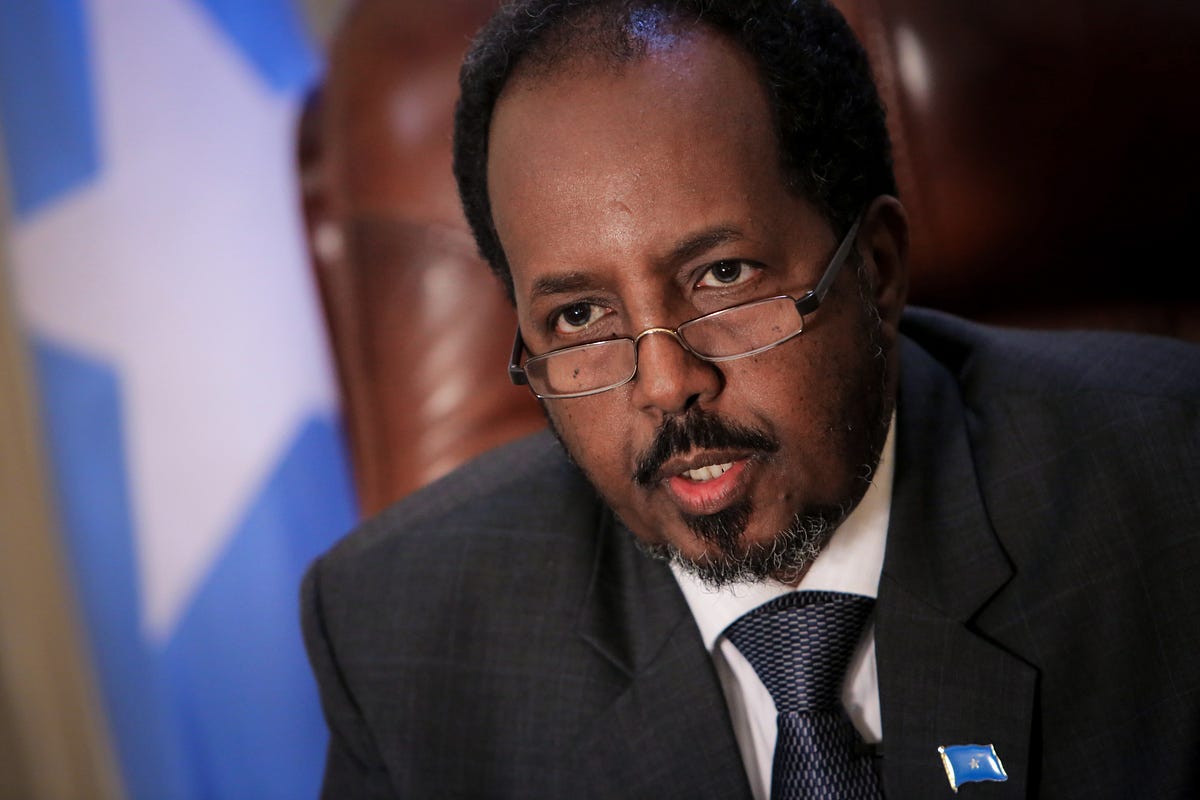Published: May 26, 2014
National security challenges that face the new Modi team
Praveen Swami
In this handout photograph released by the Presidential Palace (Rashtrapati Bhavan), Narendra Modi (2nd R) greets members of his new Cabinet as he arrives to be sworn in as India's Prime Minister in New Delhi on May 26, 2014.
Modi's decision to give Arun Jaitley Defence in addition to Finance suggests that the armed forces might get an injection of badly-needed cash.
Looking at the calendar of Prime Minister Narendra Modi’s high-powered national security team, it is tempting to think there are good times ahead for them: Brasilia, in July, for the Brazil-Russia-India-China-South Africa BRICS summit; the United Nations General Assembly in New York in September; Nay Pyi Taw in October, for a summit of the Association of South East Asian Nations; a meeting of the G-20 group of major economies in Brisbane.
Home Minister Rajnath Singh, Defence Minister Arun Jaitley, and External Affairs Minister Sushma Swaraj—the troika who will implement Mr. Modi’s strategic vision — will be seeing lots of the world, but it is unlikely to be fun.
East Asian states like Japan and Vietnam, alarmed by the rise of China and an apparent decline in United States' power, want to lock India into closer military partnership. Islamist insurgencies and Saudi Arabia-Iran tensions have made West Asia, the source of the fuel India’s economy lives on, dangerously fragile. Nuclear-armed Pakistan is buffeted by civil-military tensions, and, in some areas, collapsing central authority.
Ms. Swaraj will have to negotiate this maze of regional crisis — knowing all of them could directly hurt India’s overarching strategic goal, high economic growth.
Teeth for war machine
The unprecedented decision to give Mr. Jaitley charge of Defence in addition to Finance suggests that Mr. Modi believes these challenges can’t be dealt with unless India has military teeth. Mr. Jaitley will face immediate calls from defence services for injections of cash. The 2014-2015 interim budget allocated the armed forces Rs. 2.24 billion, but just Rs. 895.88 of that is available for capital expenditure—leaving the forces’ acquisition programme floundering.
The deficits are stark. The air force has only 34 squadrons against the 42 it is sanctioned to operate—and 50 it needs to fight a two-front war, the mandate given to the forces by former Defence Minister AK Anthony. The navy’s accident-hit submarine fleet is shrinking. For its part, the Army has critical deficits everything from anti-tank missiles and howitzers to assault rifles.
Mr. Jaitley thus has to rapidly decide on critical acquisitions left hanging by the last government: an $1.5 billion deal for attack helicopters, $1 billion for heavy-lift helicopters, $885 million for desperately-needed 155-millimetre howitzers.
The biggest pending acquisition is for 126 French Rafale fighters, worth $15 billion—a deal the Air Force says can no longer be delayed, but the government deferred because of financial issues.
Internal security
For his part, Mr. Singh will have to make sure external crisis don’t generate internal problems—like heightened terrorism. He will find a Ministry that has made only limited progress in delivering on promises made after 26/11. The Intelligence Bureau still has just two-thirds of the 26,867 the government had sanctioned for it prior to 26/11, with gaping deficits in critical technology-driven fields.
Police reform, another key element of the post-26/11 reforms, hasn’t gone particularly well, either. In 2011, there were 1,281,317 police on the rolls of India’s police services, up only very marginally from 1,132,302 in 2007—well short of the 250:100,000 police-public ratio that is a rough-and-ready global norm.
Mr. Singh’s predecessor, P Chidambaram, faced dogged opposition from Chief Ministers to his efforts to build a new, national architecture for security. He will now have to find ways to cajole States to cooperate with the Centre.
Printable version | May 27, 2014 8:15:50 AM | http://www.thehindu.com/news/national/national-security-challenges-that-face-the-new-modi-team/article6049900.ece

















 Somali president Hassan Sheikh Mohamud. U.N./Stuart Price photo
Somali president Hassan Sheikh Mohamud. U.N./Stuart Price photo